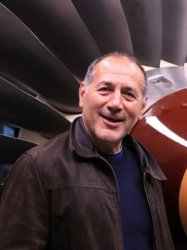BibTex format
@article{Moradi:2021:10.1016/j.ijleo.2020.164932,
author = {Moradi, M and Moghadam, MK and Shamsborhan, M and Beiranvand, ZM and Rasouli, A and Vahdati, M and Bakhtiari, A and Bodaghi, M},
doi = {10.1016/j.ijleo.2020.164932},
journal = {Optik},
title = {Simulation, statistical modeling, and optimization of CO<inf>2</inf> laser cutting process of polycarbonate sheets},
url = {http://dx.doi.org/10.1016/j.ijleo.2020.164932},
volume = {225},
year = {2021}
}

